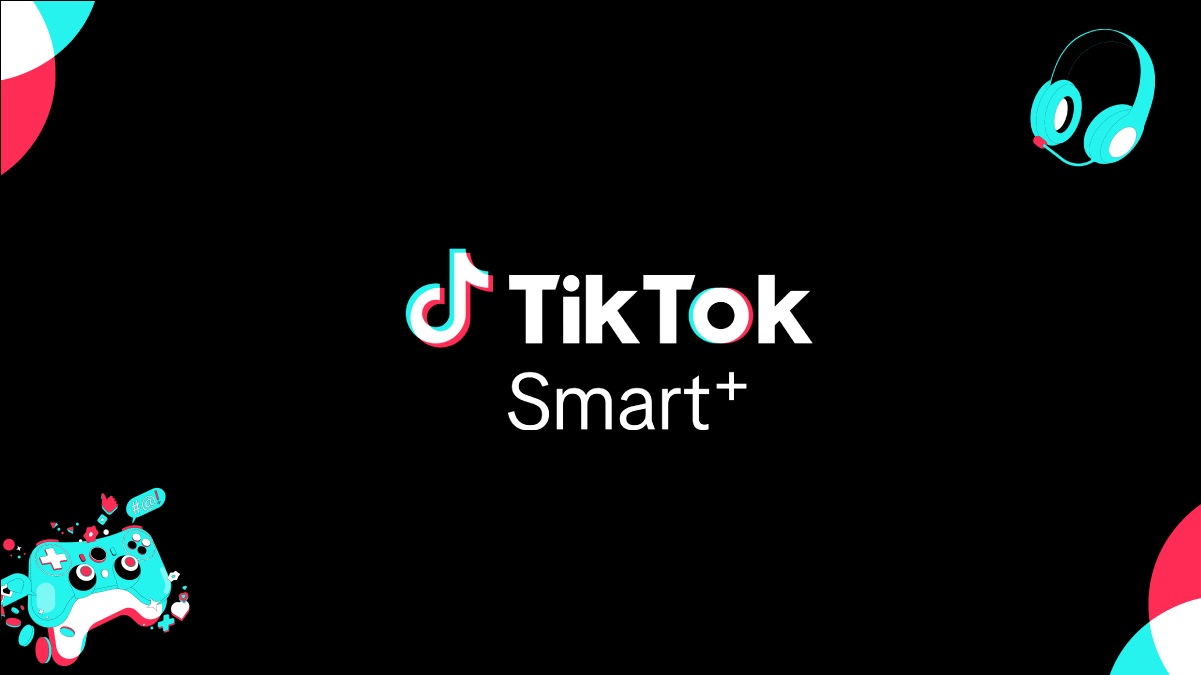Adults around the world remain hooked on TV but the consumption habits of content-hungry viewers are changing rapidly,according to global research consultancy TNS. While our love affair with television endures, TV sets alone are no longer enough to satisfy our appetite for content, driving the growth of online media and ‘screen-stacking’ as a result.
In Connected Life, a study of over 55,000 internet users worldwide, TNS found that almost half of people (48%) who watch TV in the evening simultaneously engage in other digital activities, such as using social media, checking their emails or shopping online.
According to Steve Hamilton-Clark, CEO TNS MENA similar trends are active in key markets in the Middle East. Report data shows that 64% of TV viewers in Saudi Arabia and 50% in the United Arab Emirates (UAE) are engaged in other digital activities simultaneously, higher than the global average.
Hamilton-Clark said that as digital landscape is shown to differ by country, brands should approach each market specifically in order to increase their market share.
The survey also revealed that consumers in both KSA and UAE markets tend to own up to four digital devices, in line with global figures. This, combined with demand for TV and video content on-the-go, is fuelling the rise of multi-screening or ‘screen-stacking’ behaviour – the use of multiple digital devices at the same time.
Hamilton-Clark noted that demand for live and on-the-go content was amplified during the recent FIFA World Cup. Viewers worldwide accessed this international sporting event via multiple devices at home and on the move, while also engaging in conversations on social media platforms.
The desire to access favourite TV shows at all hours of the day is also driving online TV usage, extending user access to them. One quarter (25%) of those surveyed worldwide watch content on a PC, laptop, tablet or mobile daily. This rises to one third (33%) in mainland China and Singapore and 32% in Hong Kong, where ‘phablets’ are increasingly popular. Meanwhile, closer to home, in Saudi Arabia approximately one-third of those surveyed watch content on devices, higher than the global average. This trend is relatively lower amongst viewers in the UAE with only 15% watching the content on multiple devices.
In Hong Kong, more people actually choose to watch TV and video online rather than on traditional sets. After dinner, one quarter of people (26%) tune into content on their digital devices, in contrast to 14% who switch on their TVs.
Yet despite this surge in online consumption, traditional TV sets still play a huge part in our lives, with three quarters of respondents (75%) sitting in front of the box every day. In Saudi Arabia, this rises to 91%, with the UAE not so far behind at 86%. TV dinners are also alive and well, with three out of four viewers (76%) giving TV their undivided attention while eating in the evening.
Many of the big global media companies are already taking advantage of growing online viewing trends, offering on-demand services such as BBC iPlayer, Hulu or HBO GO, which allow people to access premium content wherever they are through their phones or tablets.
Commenting on the findings, Matthew Froggatt, Chief Development Officer at TNS, said, “In a world where multi-tasking is the norm, the context in which we watch TV is rapidly changing – it isn’t just on the sofa at home with no other digital distractions around us. Instead, the growth in screen-stacking and online TV viewing is huge, particularly in the Asian markets, driven by a growing demand for content among viewers.
“While there is no disputing that our love of traditional TV remains, advertisers must continue to adapt to our changing viewing habits. Online devices are offering more ways to access TV and video content, meaning that brands will need to adopt a more integrated online approach in order to engage consumers.
“However, many people around the world are still wedded to their TV sets, particularly when they are with their families and friends. Our ongoing love affair with TV has been supported by the rise in digital set-top boxes, catch-up TV and on-demand services such as Sky+ and Virgin TV Anywhere.”





